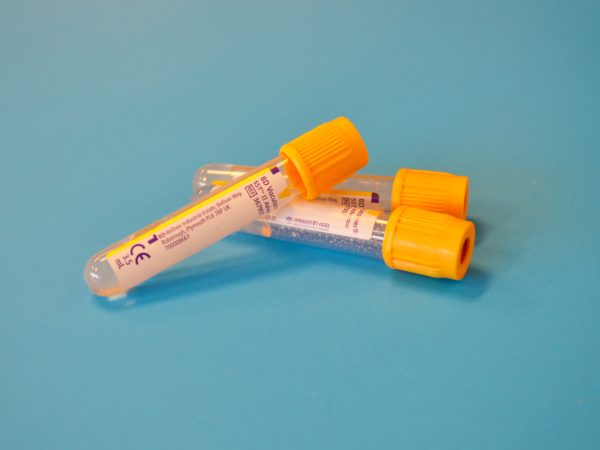Combining evolutionary and ecological models can improve understanding of cancer.
The reasons people and animals develop cancer in some organs, but not others may have more to do with evolution than lifestyle or genetic factors, new research has found.
In a project led by Deakin University, in partnership with the National Centre for Scientific Research of France, researchers suggest that evolution has protected essential, but unpaired organs from tumour development, such as the heart.
However, larger and often paired organs, such as the liver, are more likely to develop cancers, as they might be less essential to survival.
The research has been published in the latest edition of “Trends in Cancer.”
Researcher Dr Beata Ujvari, from Deakin’s Centre for Integrative Ecology, within the School of Life and Environmental Sciences, said the difference in cancer prevalence between organs had previously been accredited to intrinsic factors such as stem cell numbers and high mutation rates in certain organs, or to extrinsic factors such as cigarette smoking and pollution.
“We propose that by considering organs as distinct, but connected ecosystems, the different vulnerabilities to malignant transformation could be partially explained by how essential each organ is for survival,” Dr Ujvari said.
“For example, the relative rarity of heart and brain cancers can potentially be attributed to the low cellular turnover in these organs, and therefore to the low opportunities for cancer-causing mutations.
[testimonial_text]We think that turnover rates may also be low in these organs because they are crucial to survival. While the cell turnover rate is approximately 4-15 per cent each year in the heart, and 2.7 per cent in the brain, the intestinal epithelium completely self-renews approximately every five days.e[/testimonial_text]
[testimonial_picture name=”Dr Beata Ujvari” details=”Centre for Integrative Ecology”]
[/testimonial_picture]
The scientists predict that after the effects of stem cell numbers, rates of cell division, and exposure to toxins and infection are taken into consideration, the ecology of different organs will account for considerable differences in vulnerability to cancer.
They are currently working on a formal test to prove or disprove their hypothesis.
“This kind of evolutionary ecological analysis of variations in different organs may prove of great value in cancer prevention and treatment,” Dr Ujvari said.
The research, “Evolutionary Ecology of Organs: A Missing Link in Cancer Development?”, is part of a recently-awarded International Associated Laboratory project (Laboratory Without Walls), given by the National Centre for Scientific Research (CNRS) to build collaboration between Deakin University and the CNRS of France.
The project is the first of its kind awarded between France and Australia. It will allow Dr Ujvari to explore the links between evolution and cancer with her French colleague Professor Frédéric Thomas, her co-author on the newly published research.
Both scientists use evolutionary and ecological knowledge to understand how cancer is developing and evolving, and to investigate the impact of cancer in wildlife and in ecosystems.
“By combining approaches on different biological models, we can expand our understanding to various ecological and evolutionary scales,” Dr Ujvari said.
“Oncology as a scientific field has, until now, developed in relative isolation from ecological and evolutionary sciences. This is unfortunate because links between these disciplines have the mutual potential to reveal new perspectives and lines of research.
“For instance, while cancer is traditionally considered as a distinct pathology from a medical point of view, interdisciplinary approaches reveal that it is, instead, an unavoidable dynamic phenomenon governed by evolutionary principles and ecological relationships.
“This project aims to fill an important gap in ecology and evolution, exploring a research direction never explored before.”




